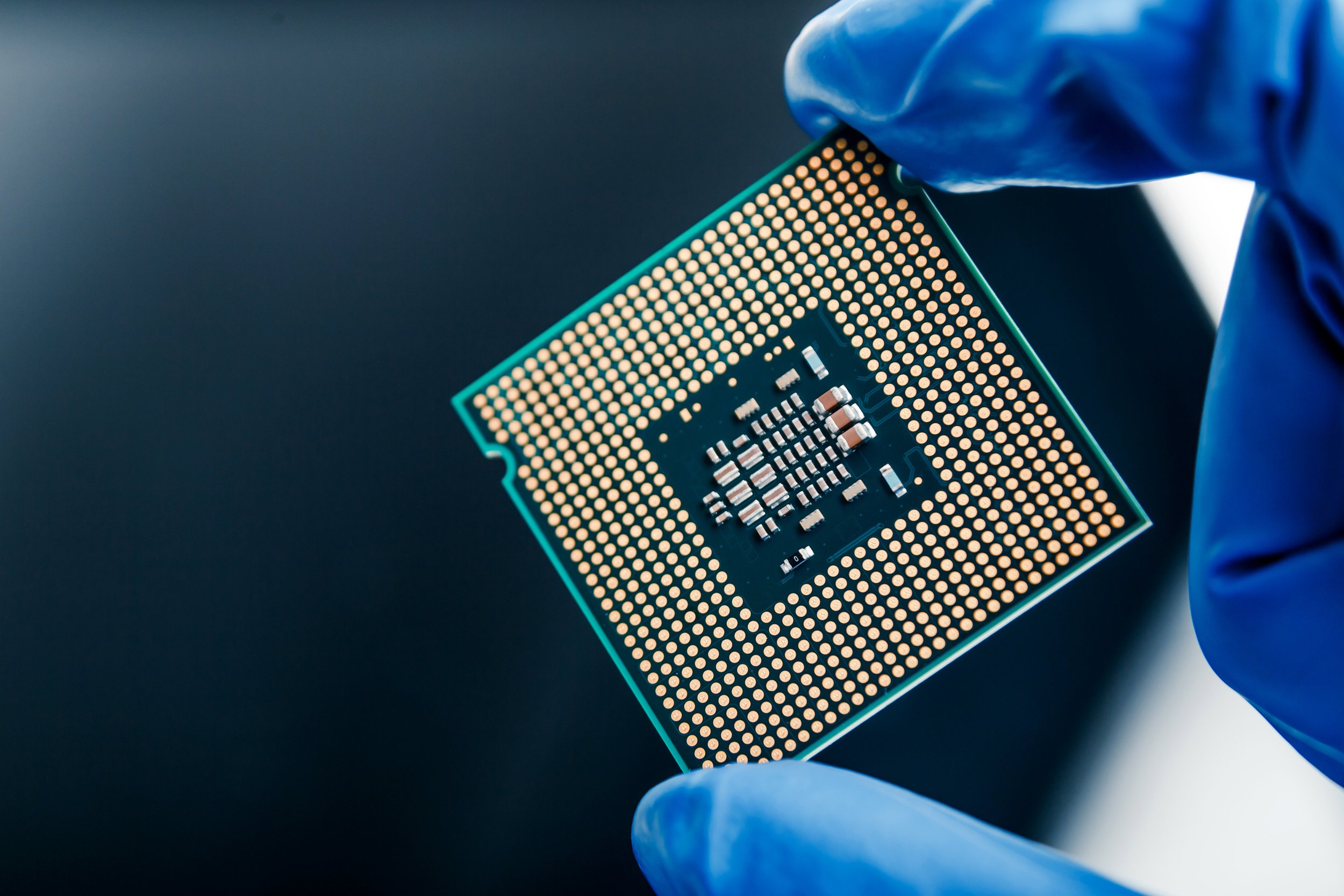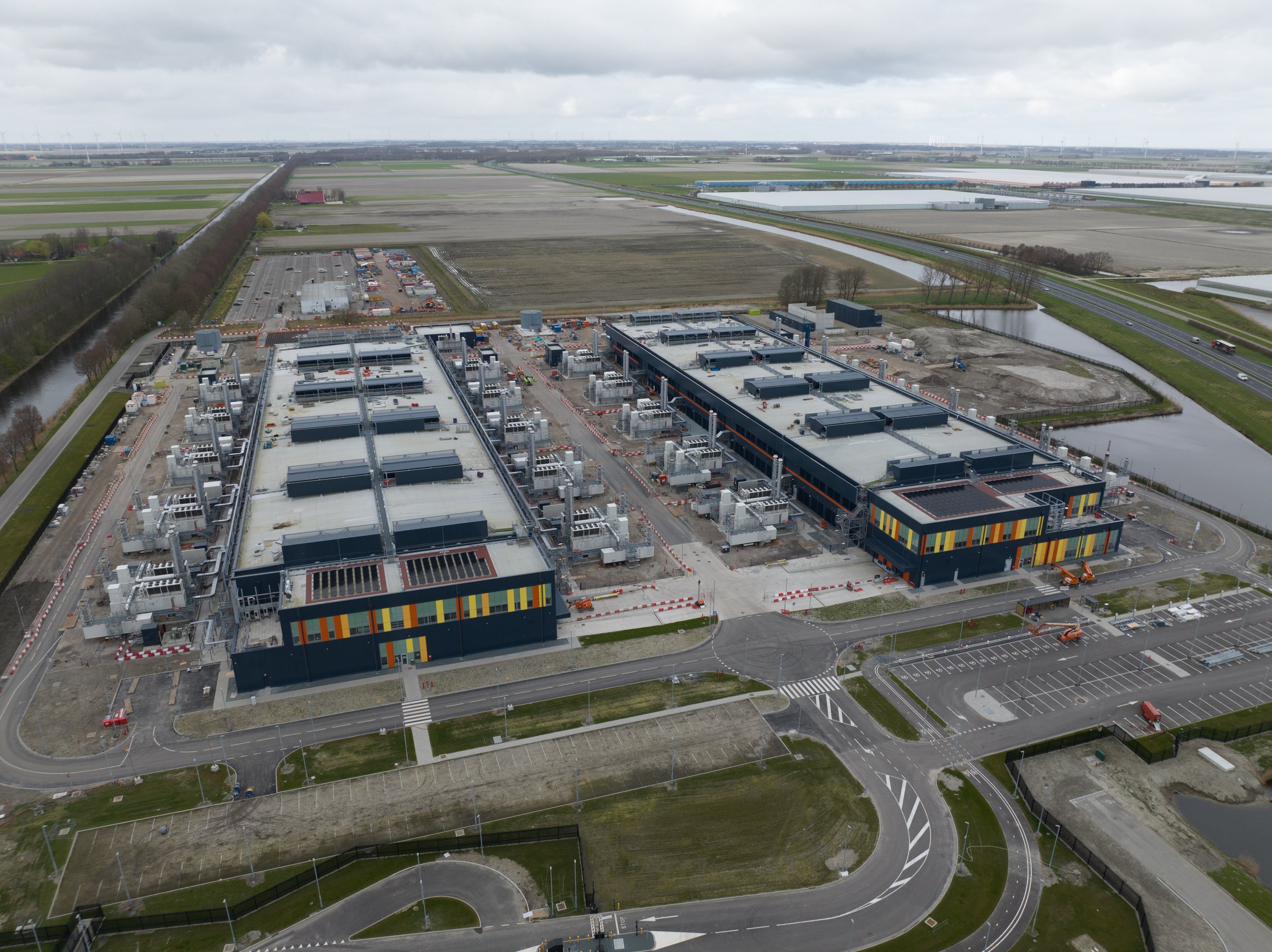Balancing AI’s thirsty innovation to benefit people and planet
AI is transforming how we live in ways never thought possible, and this extends to how we manage and preserve one of the earth’s most precious resources – water.
This resource is so limited that, according to the Center for Secure Water (C4SW), only 3% of the planet’s water is fresh. Of that, just 0.5% is not locked away in ice caps and glaciers. This fraction of usable water keeps us alive, yet population growth and industry demands puts immense pressure on its availability.
Artificial Intelligence (AI) shows huge promise in revolutionising how we monitor, use, and conserve this natural resource. Right now, we’re only scratching the surface of how powerful this technology can be.
Here, we look at what AI means for water provision, management, and conservation, and what the future may hold for humanity through the impact of this technology.
‘Thirsty AI’ – The negative impact of AI on water
AI is a double-edged sword when it comes to its environmental impact. While it shows potential for water conservation applications, the very technology AI is built on – and uses to run its processes – guzzles this limited resource.
For example, according to a 2023 study by Cornell University, AI's global projected water usage could reach 6.6 billion cubic metres by 2027, more than the total annual water withdrawal of Denmark or half of the UK. The study also found that GPT-3, a previous incarnation of the current ChatGPT model, consumed 500 ml of water for every 10 to 50 responses. Multiplied by tens of millions of users, the water footprint is significant.
From the semiconductor chips AI technology is built on to server cooling and electricity generation, AI models rely on a lot of water:
AI semiconductor water impact
AI is built on semiconductors, tiny pieces of silicon that house complex electric circuitry. However, an S&P Global report revealed that the more advanced the semiconductor, the more process steps needed, and the more water used. Taiwan produces over 90% of the world’s advanced semiconductor chips, and according to the International Energy Agency’s Electricity 2024 report, it has resorted to cloud seeding, water desalination, and stopping irrigation for 180,000 hectares of land to meet its semiconductor water needs.
Producing semiconductors for use in AI servers is taking a toll on freshwater reserves.
AI data centre and server water footprint
AI models consume massive amounts of electricity which generates heat. To prevent servers from overheating, data centres often use cooling towers which need an enormous amount of potable water. This clean drinking water evaporates and ‘disappears’ into the air – the Cornell University study revealed that just training the GPT-3 language model in US data centres evaporated 700,000 litres of drinking water.
The demand is only getting bigger. The International Energy Agency’s Electricity 2024 report highlights that power consumption from data centres and AI may double by 2026. Which means double the heat, and twice as much water consumption.
Server farms, like this one in the Netherlands, use massive amounts of potable water to keep computers running.
How AI can help humans monitor and manage water
Despite its heavy water impact, AI shows much potential for preserving and managing this precious resource.
Studies show that AI-enabled sensors can monitor water quality to detect contaminants in real time, and data analyses from sensors and meters can flag and prevent leaks in water distribution systems, saving water from going to waste. AI-powered biosensors can also detect toxins in drinking water more accurately than traditional quality monitoring.
Several entities in the US have implemented AI systems that detect potential water infrastructure and equipment failures in real time. AI can also be used for predicting future demand by analysing water usage patterns to improve distribution efficiency and decision-making.
Potential for a less-thirsty AI future
AI itself is also shifting towards more accessible and less energy-intensive technology. Chinese AI DeepSeek claims that, due to more efficient training methods, its AI model uses only one-tenth of computing power compared to some of its competitors. It also achieves similar results to generative AI behemoth ChatGPT, despite costing significantly less to build.
Limiting AI’s water impact with circular water solutions
More transparency is needed from tech companies and AI model developers when it comes to water use reporting, which remains largely hidden from the public. However, as technology and AI processes improve, this powerful technology’s impact on water may follow suit.
Many state-of-the-art data centres already employ more energy-efficient processes to minimise their water consumption, such as closed-loop cooling, which uses wastewater recycling and rainwater harvesting and potentially saves up to 70% in potable water use.
Examples of mitigating this impact include:
The Nagasaki Technology Centre in Japan, which reuses about 80% of its semiconductor manufacturing wastewater.
Closed-loop cooling deployed in Microsoft's new data centres in Phoenix and Wisconsin.
Queen Mary University in London using excess heat from its data centre to warm the campus and provide hot water.
These circular water solutions are critical to enabling technological development that not only benefits humanity but is less water-intensive and more sustainable.
Sustainable water solutions
As AI continues to evolve, its impact on water resources can’t be ignored. While the technology brings solutions for conservation and management, its own water footprint poses a growing challenge.
Forward-thinking start-ups, like Chelsea Water, understand the demand for sustainable water solutions, whether in a conflict zone or industrial market. Backed by the Chelsea Group’s 25 years of expertise, Chelsea Water delivers innovative purification solutions, even in the world’s most complex environments.
Contact us today to learn how we can help you with your water systems.


